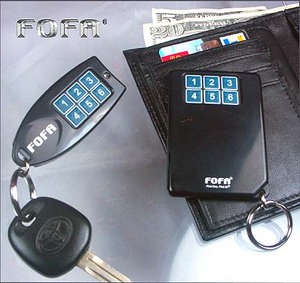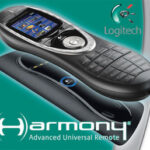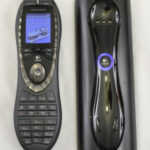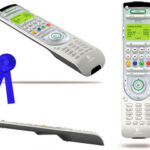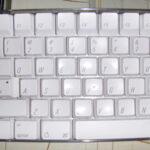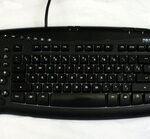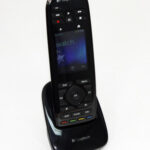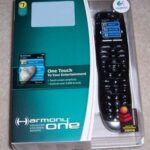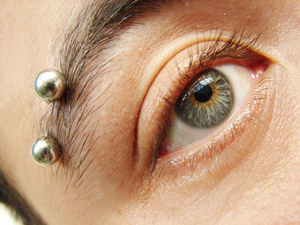As I have entered into what I like to refer to as early-old age, I misplace common objects more frequently. When I can’t find my keys, for example, I begin by searching, repetitively, the places where I customarily leave them. Of course, that is not where they are. If they were, I would have found them right away and there would be no issue. They are, obviously, somewhere other than where I usually leave them. And that’s where the dilemma begins. If I put them down somewhere other than their usual place, how am I expected to know where they are?
I search all the unlikely places – the places I am sure I would never leave them. Eventually, at least more often than not, I find them. Once in a while, I don’t and have had to have complete sets of either work or home keys replaced in a hurry!
Realizing that this is not a new or decreasing issue in my life, I shopped around for and have tried several types of remote key/object finding systems. Some are very cheaply manufactured and are available from discount resellers. They work for a week or two, then that’s that. Others are prohibitively expensive or more sophisticated than that which I require for my own rather straight forward applications.
I believe I have found a happy compromise that takes into account cost, durability, functionality, expandability and simple attractiveness in these Find-One, Find -All) devices manufactured in China for Melbourne Designs of Arlington, TX. I found them on line at www.FindOneFindAll.com and must say that after nearly a year of use, I am quite pleased – having lost and easily found both sets of keys in a matter of moments.
There are two types of units. The primary units are key-fob types and are sold in pairs. Each can be programmed to page the other. So, if you can find one, it can locate the other – with the limitation being the signal range of about 30 feet and a signal tone that would be better if it were somewhat louder. None-the-less, they have worked well for me and when one failed, I discovered a nice example of real customer service. More on that a bit later.
The number of ‘fobs’ can be expanded and programmed to include up to 36 units! That is more than I ever expect to need – but you never really know what tomorrow will require. The second unit type is a flat unit that fits into your wallet and has the capacity to either be paged by the others or be used as a master pager for the rest of them. Actually, the functions of each unit, either fob or flat are identical and differ only in shape and, consequently, in both versatility and appropriateness of application.
Set up is especially easy. It took me somewhere between 3-4 minutes to fully program my initial three units to be able to locate each other. Each unit is individually powered by a simple and inexpensive CR2032 circular cell type battery. The posted expected lifespan of each is one year. They operate on a frequency of 433MHz, a piece of information that may be important to those of you using other electronic (particularly wireless) devices at that precise or close frequency that might interfere with each other’s signals. Each device has six numbered buttons on it – allowing itself to be programmed to page up to 35 other units.
The packaging also includes small lanyards and double-sided mounting tape squares to adapt to the way you wish to use them.
The technology seems well thought out, the units are durable and the devices are, again, limited only in range and volume. Having now tried four different devices all claiming to provide the same essential function -locating lost or misplaced objects – I have found these FOFAs to be the most reliable and user friendly.
As an added value, one of my fob units malfunctioned many months after the warranty had expired. I called them at their 800 number. They sent me a new one along with a postage paid envelope to return the malfunctioning one to them. All at no cost. Now that’s customer service!
Give your memory a hand! It’s like buying some add-on hard drive or RAM for your brain. This is technology put to good use!
